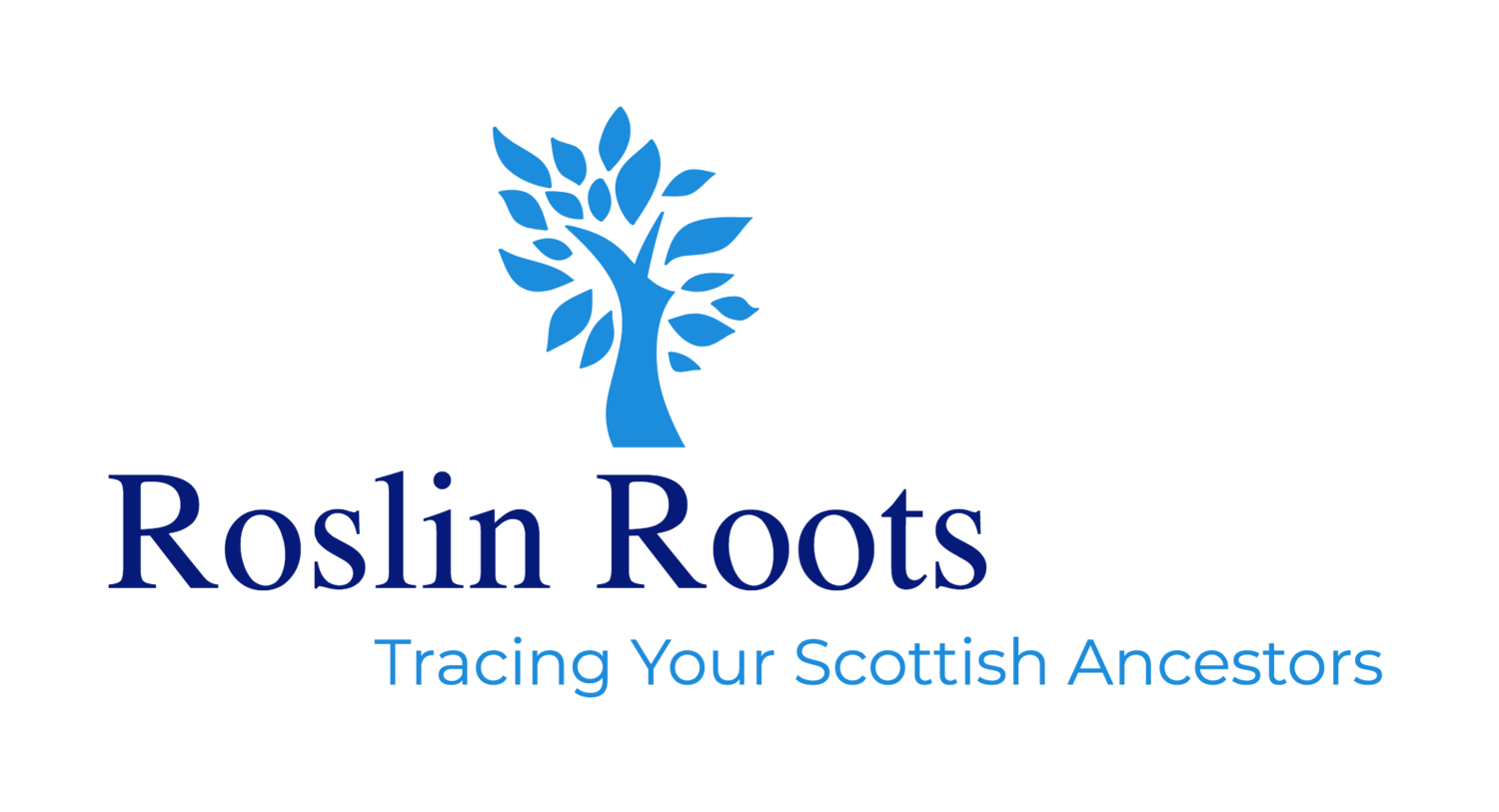Scottish Valuation Rolls
Scottish Valuation rolls
In this blog I’m going to look at Scottish Valuation Rolls and give you a brief summary of what they are, how useful they might be for your research and how to access them.
The Valuation Rolls are records that document the value of properties at a point in time. These valuations were taken for tax purposes and were used to levy rates for local services such as poor relief, education and other public services.
Pre 1855, valuation records are relatively sparse and usually list names of property owners and rarely include occupiers. The availability of these records varies across the different counties. However from 1855 the valuations of properties were assessed annually and became standardized across the country. Until 1988 the valuation rolls included names and occupations of owners, proprietors and occupiers, the type of property and the value. From 1989 to 1993 this became a register of those liable to pay the domestic community charge or ‘Poll Tax’. Post 1993 they became council tax valuation lists and contain no details of residents or owners.
Other tax assessment records are available online, for the period between 1645 and 1831, including farm tax, horse tax, female servants, hearth tax, male servant, poll tax, shop tax, window tax. I’m not going to look at these here, but they could be the subject of a future blog!
What is the benefit for genealogists, family and house historians?
The records up until 1988 can be useful for genealogists or family and house historians, as they can place people at a location in between the census years, provide occupation information, locate business premises and property owners as well as occupiers. The information is also good for providing context about an ancestor’s accommodation, as it gives an idea of the type of property and area they resided in.
There are however caveats associated with using these records. The purpose of these records was to assess properties for tax purposes, not to provide details of people living in a property. Only one name is provided as the occupier and this was usually the head of the household. Often female owners and occupiers were listed under their husband’s name, e.g. Mrs John Smith.
There are differences across various councils in the 19th century records and addresses are often not recorded in the 19th and early 20th century records, just house names and a list of houses. Online search results are dependent on indexing, spelling and transcription and not all records have been indexed. There can also be a time lag between an occupier taking over the property and it being recorded in the Valuation Roll. Bear this in mind if you have other contradictory information.
Where to find them
The Scotland’s People website have online access to digitized images of the indexed rolls for pre 1855 records and for Valuation Rolls every 10th year from 1855 to 1915 and every 5 years from 1920 to 1940. I recommend that you read the comprehensive guide to these records at https://www.scotlandspeople.gov.uk/guides/valuation-rolls . These can be accessed remotely via the website. You can search for either a person or a place, which is useful if you are researching an area or a locality.
The National Records of Scotland (NRS) also have a guide to the Valuation Rolls, including those that have not been indexed and are not available online. Most of these have been digitized and can be viewed on site at NRS. Again it is worth looking at the guide before you begin your research https://www.nrscotland.gov.uk/research/guides/valuation-rolls .
Some local archives also keep copies of Valuation Rolls for their local area. Contact the archive that covers your area to find out what is available.
At time of writing National Records of Scotland and local archives are closed due to Covid-19. Please check their websites before visiting to find out what the current arrangements are.
The orraman
The example in the image, on the main blog page, was taken from a page in the Valuation Roll from 1915/16 in East Lothian and shows the occupations of occupiers and inhabitants at Archerfield, Direlton, East and West Fenton and Fenton Barns. David Fairbairn was an inhabitant occupier and one of seven orramen listed on this page. The orraman was a term used in the north of England and Scotland. It referred to a skilled farmworker who did odd jobs on the farm that didn’t fall strictly within the duties of other specialists, like shepherds or ploughmen. This could include thatching, looking after farm machinery or filling in for more specialized colleagues, like ploughmen or cattlemen, when they were absent. (Reference http://doot.spub.co.uk/code.php?value=024 ).
This page is from a rural community and most of the inhabitant occupiers are the agricultural workers who have been provided with accommodation through their jobs. It was common for workers in this area to move house regularly. My great grandfather and his family moved house 5 times in a 15 year period all within East Lothian, as he moved around the farms for work. Note also the ‘bothy’ as an inhabitant occupier. Bothies were accommodation used to house groups of single farm workers. You can find out who the inhabitants of these were by looking at the census records.
